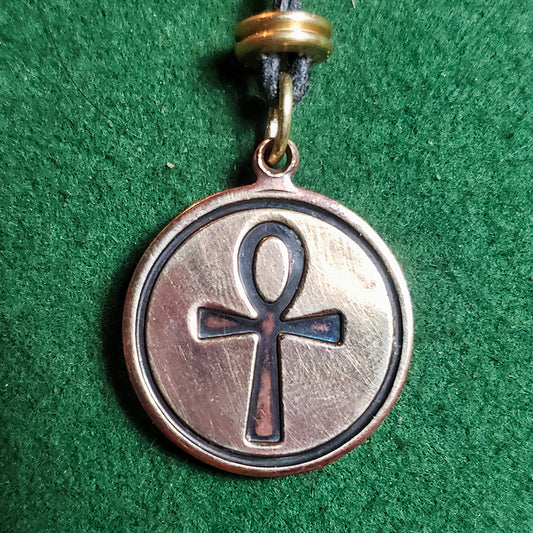Featured Design - Sun (Sol) and Moon (Luna)
Michael Stewart
Share

Sun - Although there are many mythologies in which the Sun is female (such as in Japan, whose most important Goddess is Amaterasu Omikami, the Sun Goddess), it is generally considered that the sun is a male deity or a male attribute, in contrast to the Moon, which is almost always viewed as female. The Greek brother and sister Apollo and Artemis show this pairing of the sun and moon as complementary opposites.

Moon - Sister to Mother Earth, Queen of the night. Ruler of emotional waters and cycles of growth. Diana - Greek
Many mythical connections between the sun and the male spirit led to identification with men, the daylight, and the gods of light and fire. At the same time, female powers were viewed as being in the darkness, night, womb, water, and the moon's reflective glare. Many symbols identified with the sun include the lion, gold, and the eagle. The Roman emperor Constantine had images of the sun on his coins, which were dedicated to the protective powers of the sun lord.
Yet the sun was always lost in the darkness before he was reborn again each morning or, with the sun's return at the winter solstice. Ra, the Sun God of Egypt, was represented by a winged sun disc; he died each day as he entered the night/womb and was born again each morning from her "eastern gate." The connotation of the sun god as dying and being reborn is consistent throughout many traditions; hence the importance of the "Birth of the Light" with the Christ Child at Christmas, which also occurs at the time of the solstice.
Sol and Luna most frequently symbolize consciousness and the unconscious, respectively.
Fiery Sol, the Sun, whose corresponding metal is gold (or sulfur), is the source of warmth and light (gold was often called "the sun in the earth").
Watery Luna, the Moon, whose corresponding metal is silver (or salt), is dark and cold (water and spirit are often identical; water also holds death-rebirth symbolism).
Sol and Luna are equivalent to the Yang (positive, male, assertive) and the Yin (negative, female, receptive) in Taoist philosophy, whose reciprocity is the reason for all events of the universe.
Luna and Sol often appear as White Queen and Red King; the symbol of this relationship is a rose. This relates to their symbolism as the anima, the female principle within a male personality, and the hatred, the male principle within a female character. Jung called this aspect a "medium between the ego and the unconscious. This is reminiscent of Rubedo, in which Luna becomes a man, whereas Sol becomes a woman. According to Jung, both aspects are crucial to their corresponding Self, and their realization is achieved through relationships with people of the opposite sex. The alchemical concepts of Sol and Luna seem to be the unconscious projections of the animus and the anima.
Luna is often called Anima Mundi, the World Soul, which surrounds the cosmos, half-human, half-animal Melusina, or Lilith. Melusina is similar to Virgo, often associated with the Mercurial Serpent. As the Moon, Melusina is also compared to Venus or Aphrodite, not unlike Mercurius. Similarly, Melusina, as Lilith, is Adam's first wife in Paradise, whereas Mercurius is often associated with Adam before the Fall. It is natural to represent Mercurius as the anima, which alchemists often did.
The sun represents the masculine principle and the logical or reasonable aspect of the mind; the moon represents the feminine principle, the realm of dreams, and the subconscious—the two united offer the means of magical transformation — a combination of conscious desire and subconscious activation.
To become magically adept, the male and female aspects of the self must be fully recognized and integrated. The balanced individual, fully acknowledging the anima or animus within, is thus the HermAphrodite. This is the true goal of the alchemist, the mixing of silver and gold, sun and moon, within the self.







